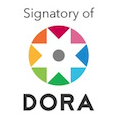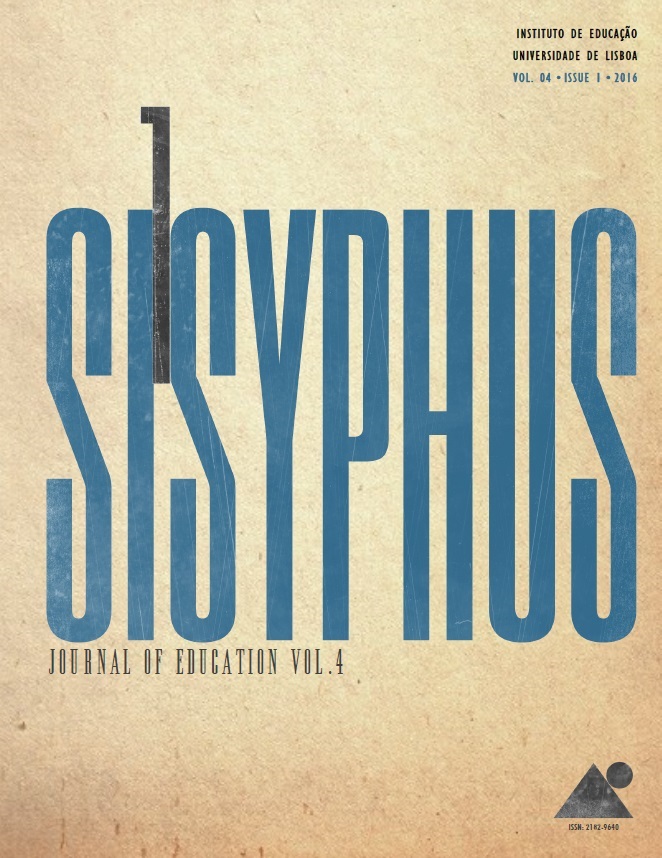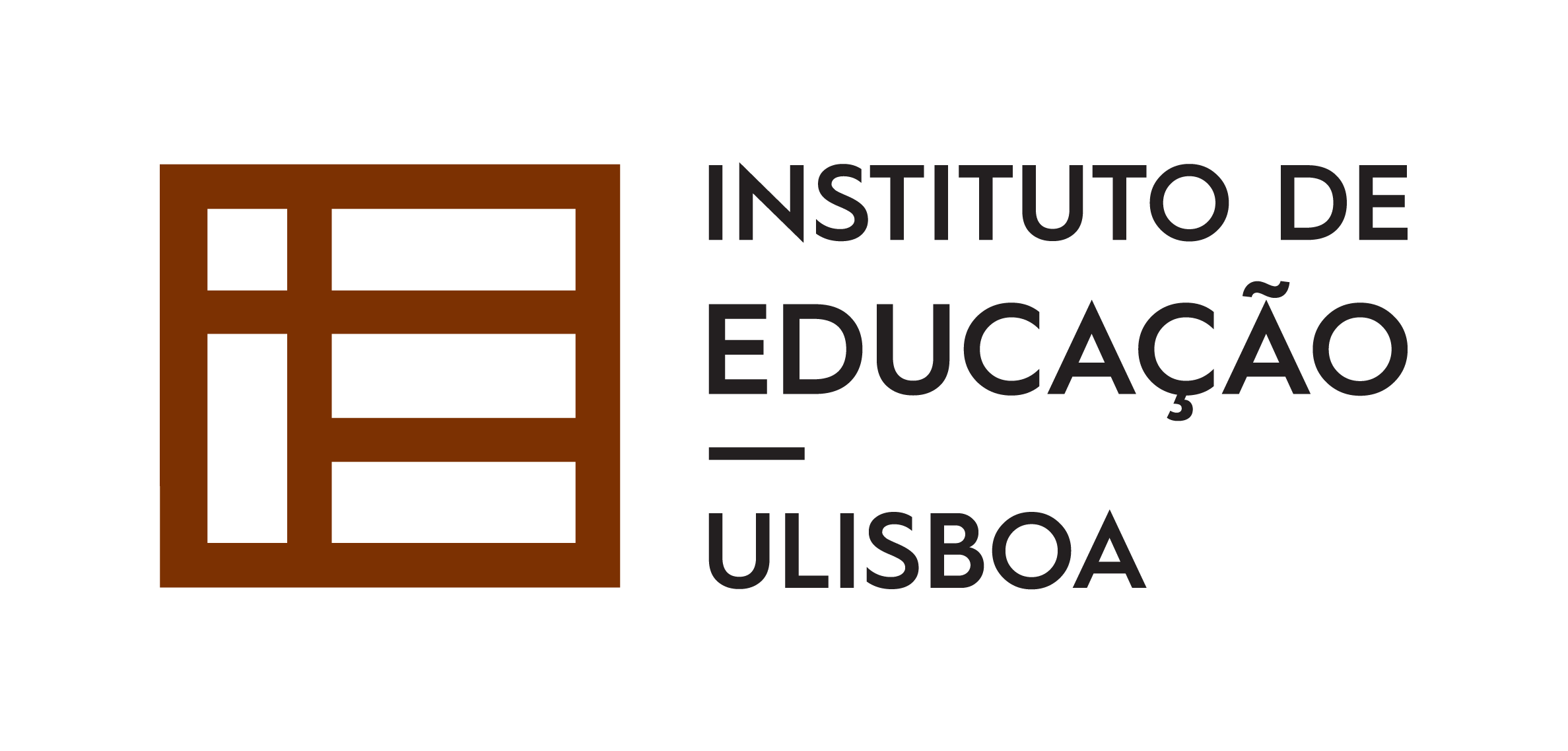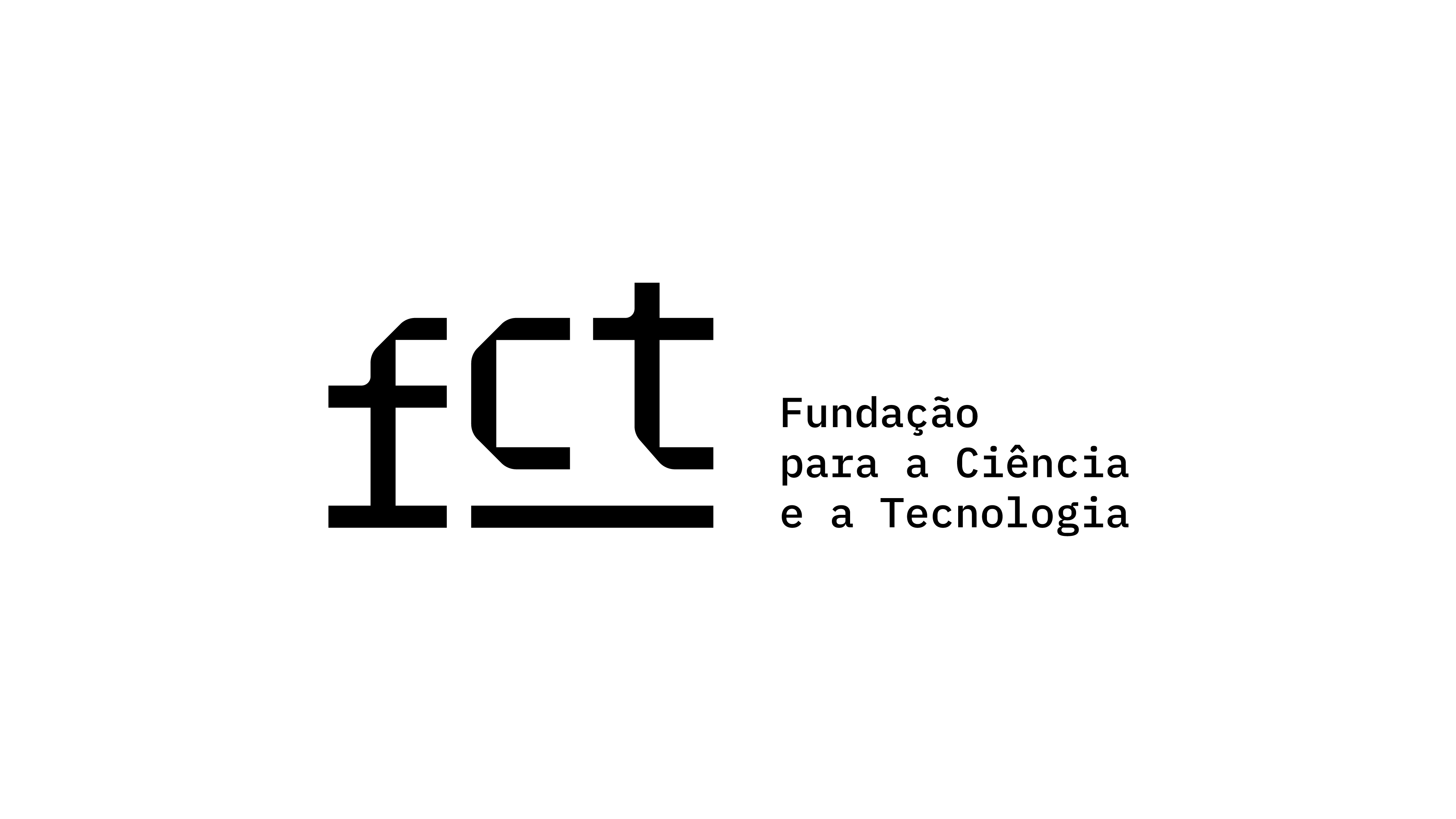Writing Systems and Literacy Methods: Schooling Models in Western Curricula from the Seventeenth to the Twentieth Century
DOI:
https://doi.org/10.25749/sis.10459Keywords:
Literacy, Primers, Reading method, Education policy, Teacher trainingAbstract
This contribution sheds light on the interaction between print technology, social literacy and primary school pedagogy from the seventeenth to the twentieth century. The printing press opened up the possibility of a Christian education for all: psalters and catechisms became a vehicle for teaching both religious content and the writing system using the spelling method.
To move beyond this limited Christian literacy combining reading and memorization, and enable learners to read any text directly, textbooks separated the process into two stages: training beginners first to decipher, using the spelling method, and then to read different kinds of texts (informative, moral, civic). As many beginners failed at decoding, all subsequent “innovations” (word method, sentence method, look-say method, phonics, etc.) aimed to bridge the gap produced by this separation. This article will show how this common objective has been realized to varying degrees in different countries, especially in France and the United States (based on education policy, national language, teacher training, textbook publishing, etc).
Downloads
Downloads
Published
Issue
Section
License
Copyright (c) belongs to Sisyphus - Journal of Education. However, we encourage issued articles to be published elsewhere, provided that Sisyphus authorization is asked for and that authors integrate our original source citation and a link to our website.
Author Self-Archiving Policy
Author(s) are permitted to self-archive the final published version in institutional or thematic repositories, and in their personal or institutional websites.
DORA Signer
The Instituto de Educação da Universidade de Lisboa, Sisyphus' Publisher, is a San Francisco Declaration on Research Assessment signer.






